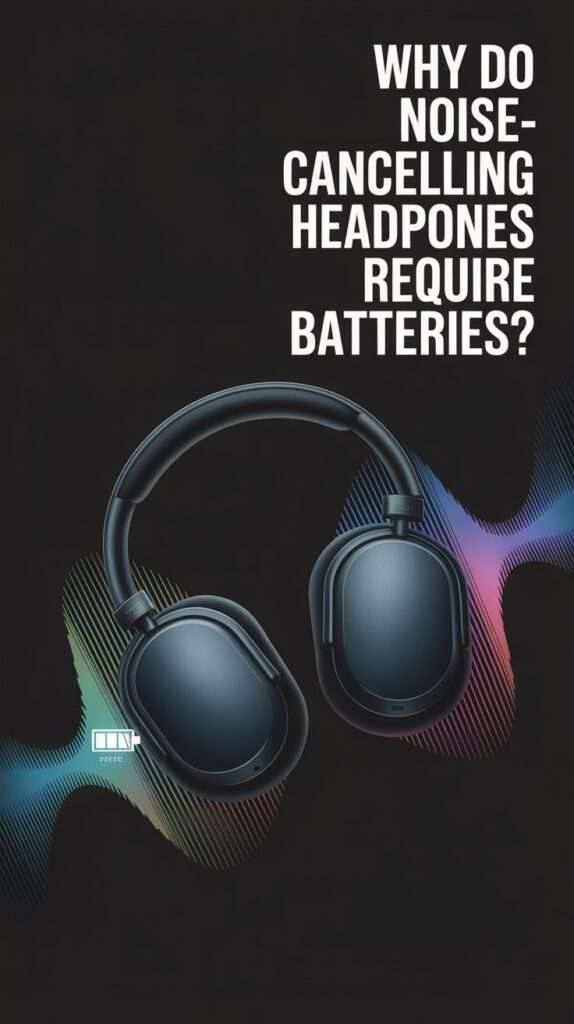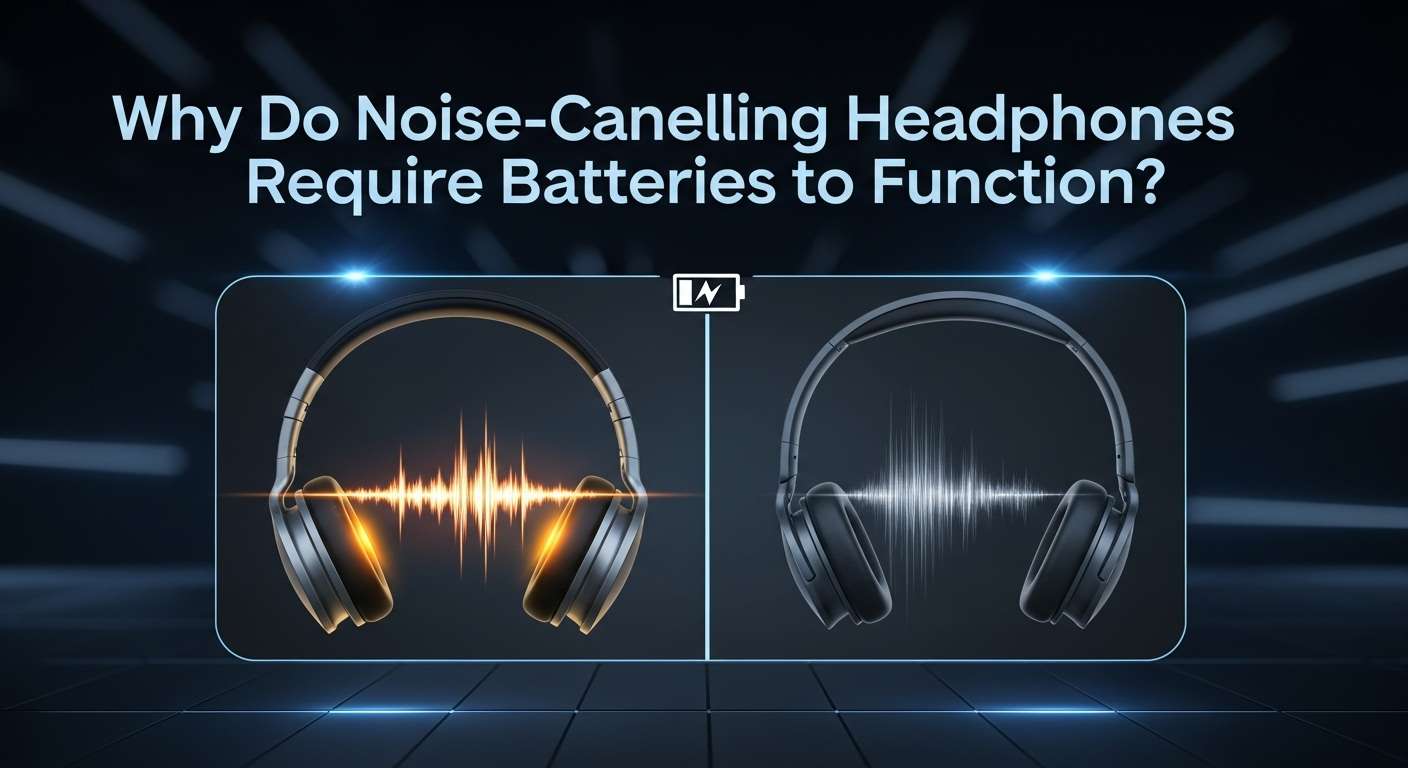Hey, have you ever slapped on a pair of noise-cancelling headphones and wondered, “Why the heck do these things need batteries? Aren’t they just headphones?” I mean, traditional headphones just plug in and do their thing no batteries, no fuss.
So, why do noise-cancelling headphones need that extra power boost? Let’s chat about it like buddies, keep it chill, and get to the bottom of this mystery together.
1. What Makes Noise-Cancelling Headphones Special?
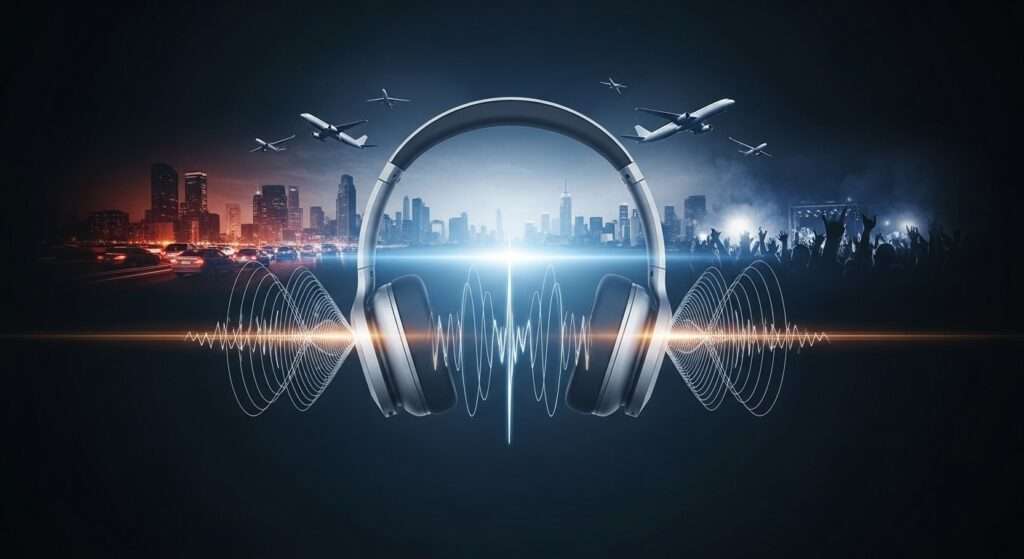
Noise Cancelling Isn’t Magic, It’s Science
First off, noise-cancelling headphones aren’t your average sound muffs. They use something called “active noise cancellation” (ANC), which sounds fancy—and it is. But in plain English, these headphones work like your personal silence ninjas, fighting off unwanted background noise so you can jam to your tunes or hear your audiobook without the noisy world crashing the party.
But How Do They Do That?
Here’s the trick: they have tiny microphones that listen to the sounds around you, analyze the noise waveforms, and then produce an opposite “anti-noise” wave that cancels out the ambient noise. Think of it like noise-cancelling headphones throwing a sound tantrum to drown out other sounds.
2. Why Batteries, Though?
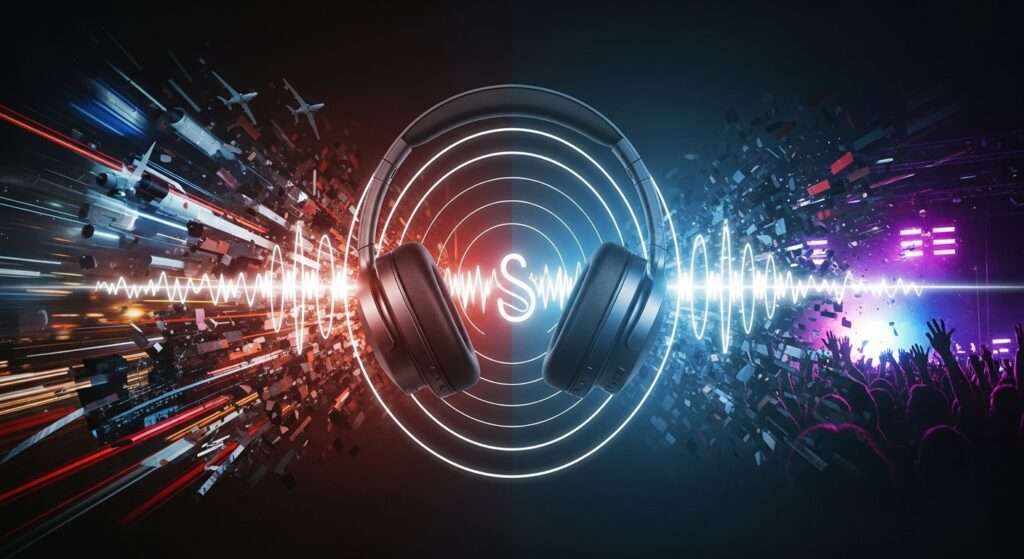
The Active Part Needs Power
Remember those microphones and the tech inside? That’s the kicker. They need power to listen, analyze, and pump out those anti-noise waves. That power comes from batteries. Without them, your headphones would just be regular old headphones aka, nothing special.
Traditional headphones just convert electrical signals from your phone or music player into sound. No complex magic there, so no battery needed. But noise cancellation? That’s active, high-tech wizardry requiring energy specifically, battery juice.
What Happens Without Batteries?
If you pop out the batteries or if they die, these headphones usually still work as regular headphones but the noise cancelling stops. It’s like turning off the superhero mode still useful, just not as impressive.
3. Types of Batteries in Noise-Cancelling Headphones
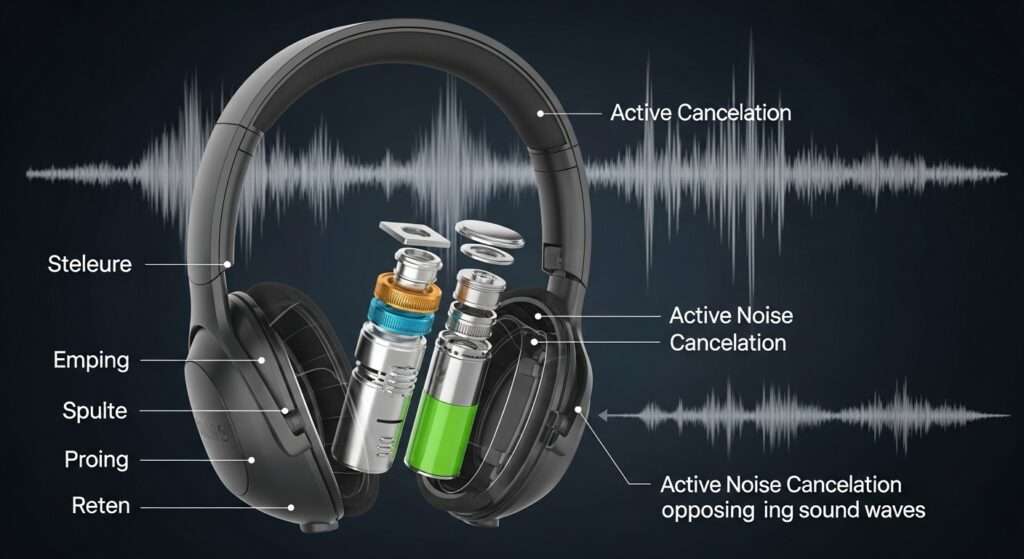
Rechargeable vs. Disposable
Most modern noise-cancelling headphones use rechargeable lithium-ion batteries. You plug them in, juice them up, and get hours of noise-free bliss. Other older models might have used disposables, but honestly, rechargeable is way better easier on your wallet and the planet.
How Long Does the Battery Last?
Battery life varies. Some premium models boast over 30 hours of ANC time, which is enough to pilot a small airplane or binge-watch half a series. Cheap ones? Expect 8-15 hours. So having batteries is annoying when they run out, sure, but the convenience of recharging means you’re rarely left hanging.
4. Why Doesn’t Passive Noise Cancelling Need Batteries?
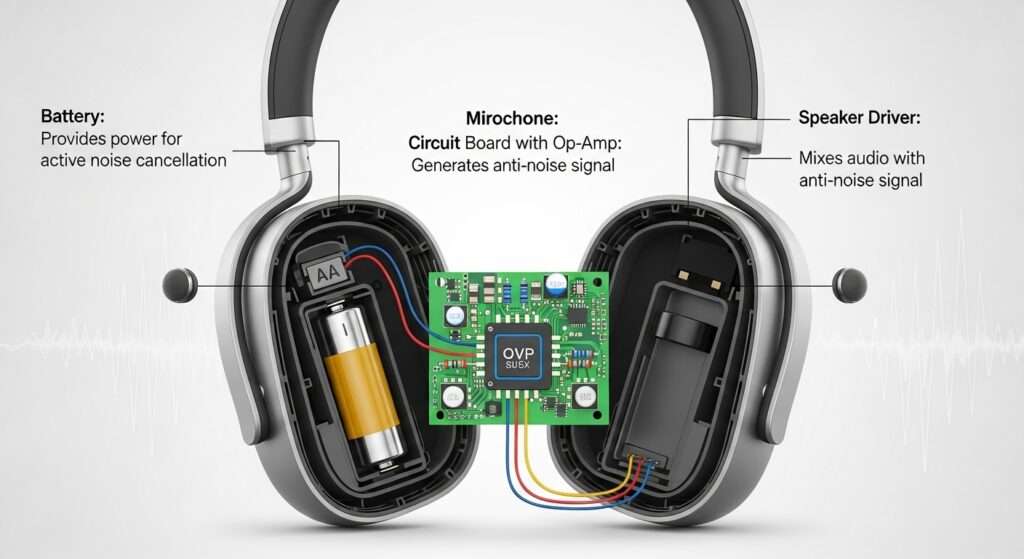
Just Blocks Sound Physically
You’ve seen those big, fluffy over-ear headphones or earplugs that don’t need batteries, right? They use passive noise cancellation, which is just fancy speak for physically blocking sound—like putting giant foam walls around your ears. No tech needed, no power struggles, just simple physics.
But Passive Isn’t Always Enough
Here’s the catch: passive noise cancellation works well for loud, consistent noises like airplane engines but not so well with sudden sounds—like that chatterty coworker or the random honk outside your window. That’s why active noise cancellation with batteries rocks for real-life noisy dramas.
5. How Do Noise-Cancelling Headphones Manage Power?
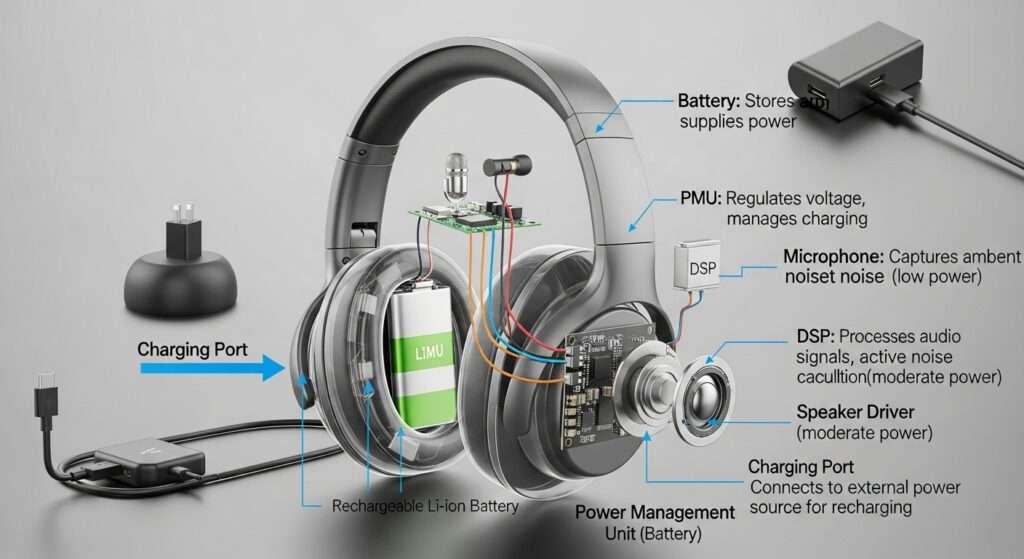
Smart Power Management Keeps You Playing
Manufacturers aren’t oblivious to battery woes—they often include features like automatic shut-off when you take them off or low-power modes when you’re just chilling. Some even let you turn off the ANC to conserve battery if you don’t need it in certain quiet spots.
Charging and Usage Tips from Personal Experience
Pro tip: Don’t wait for your battery to hit zero before charging. Charging more frequently in small doses keeps lithium batteries healthier longer. And FYI, leaving them plugged in after full charge won’t fry the battery, thanks to smart charging tech—so no worries there.
6. The Tech Inside: What Exactly Uses Battery Power?
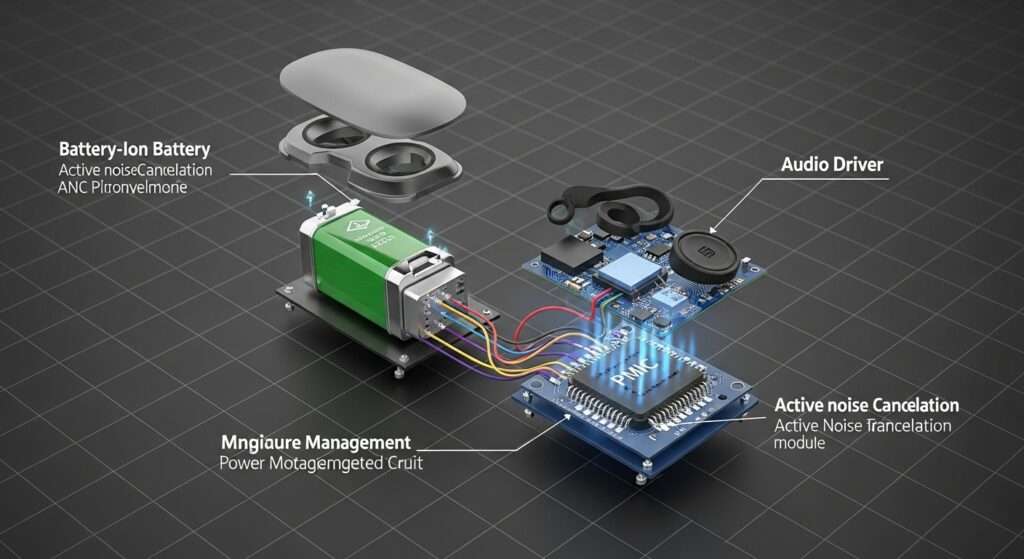
Mic & Speaker Working in Tandem
- External Mic: Sniffs out background noise.
- Internal Mic: Listens for the anti-noise effect inside the ear cup.
- Processor: Computes the sound waves and flips them.
- Speaker Drivers: Deliver the final sound to your ears.
All these pieces need active electrical components that come alive only with batteries.
Amplification and Digital Signal Processing (DSP)
Besides noise-cancelling, some headphones amplify your music and use DSP to enhance audio quality, both gulping down more battery. That’s why some headphones with massive sound customization have shorter battery lives than simple models.
7. Can You DIY Noise Cancellation Without Batteries?
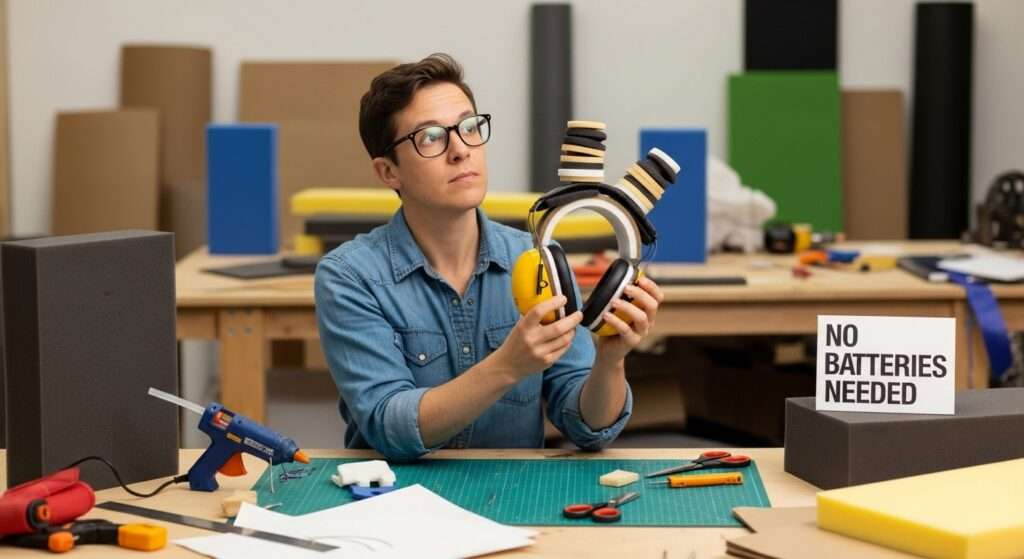
Spoiler: Not Really
You can physically block sound, maybe slap some foam around your ears (DIY headphones, anyone?), but replicating the elegant, anti-noise magic without power? Nope. That’s electronics territory. If you want real noise cancelling, you gotta play the battery game.
8. Are Battery Needs Getting Better?
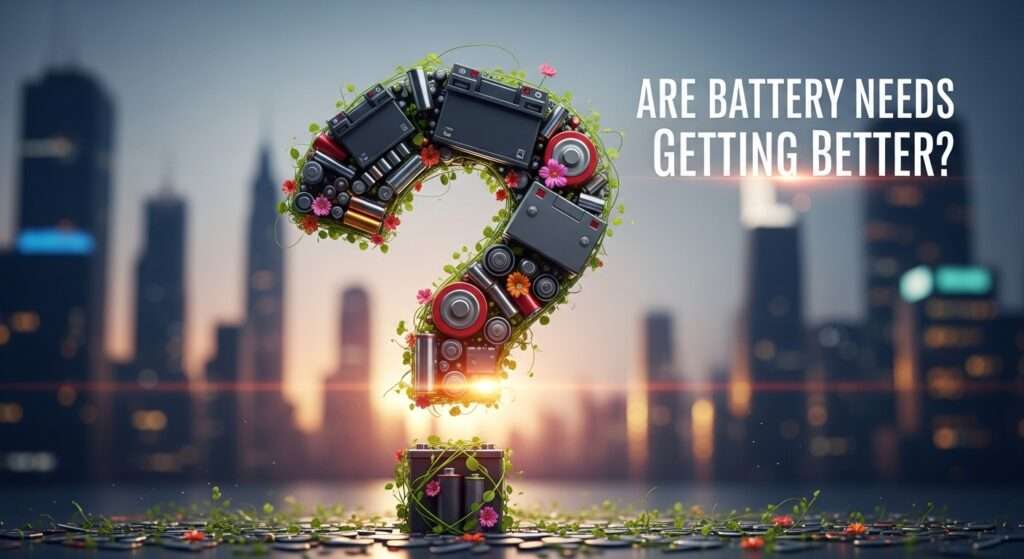
Tech Advances Make Batteries Last Longer
Good news! Battery tech keeps improving. Some new noise-cancelling headphones now last over 40 hours on a single charge. Not only that, USB-C fast charging means you can get a couple of hours of listening after just 10 minutes plugged in. So, less time waiting and more time chilling.
Wireless vs. Wired—Does It Matter?
Wireless headphones obviously rely on batteries not just for ANC but for Bluetooth too, while wired ones only need batteries for the ANC tech. Wired ANC headphones are a bit rarer but might give longer battery life since no wireless power drain.
Final Thoughts: Is Battery-Powered ANC Totally Worth It?
Absolutely. Here’s Why
Sure, having to charge or replace batteries can feel like a hassle. But once you experience the sweet, sweet silence they create… it’s addicting. It’s like having your own personal bubble of tranquility in the chaos of life.
Would I Buy Another Pair?
100% yes. Even with the battery fuss, the comfort and focus they bring are priceless especially when you’re tackling a noisy commute, working from a café, or just want to ignore your roommate’s endless gaming sound effects. IMO, those batteries are a small price for peace.
So, next time you wonder why your noise-cancelling headphones aren’t magic but need batteries, remember: they’re busy running a mini-symphony of tech backstage to deliver that sweet silence. Without batteries, it’s just a pair of headphones. And hey, who doesn’t want a pair of headphones that fights noise like a tiny superhero?
